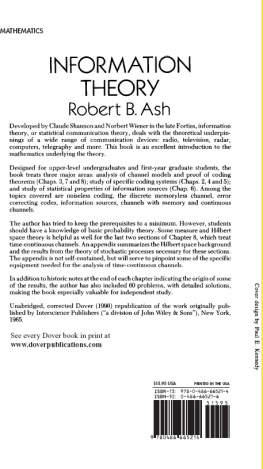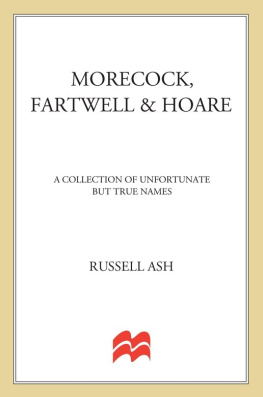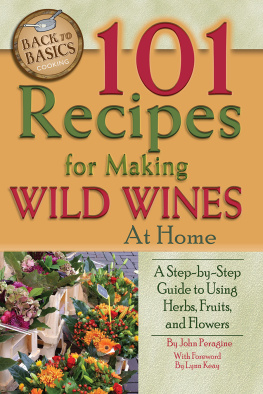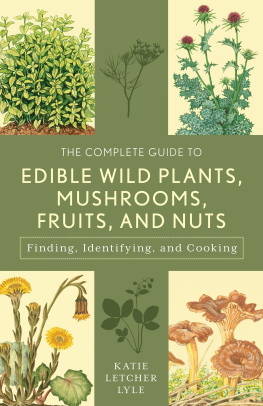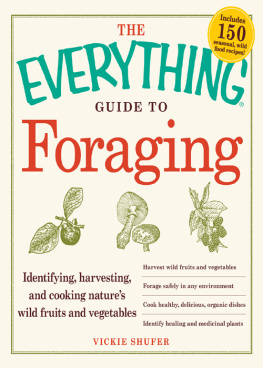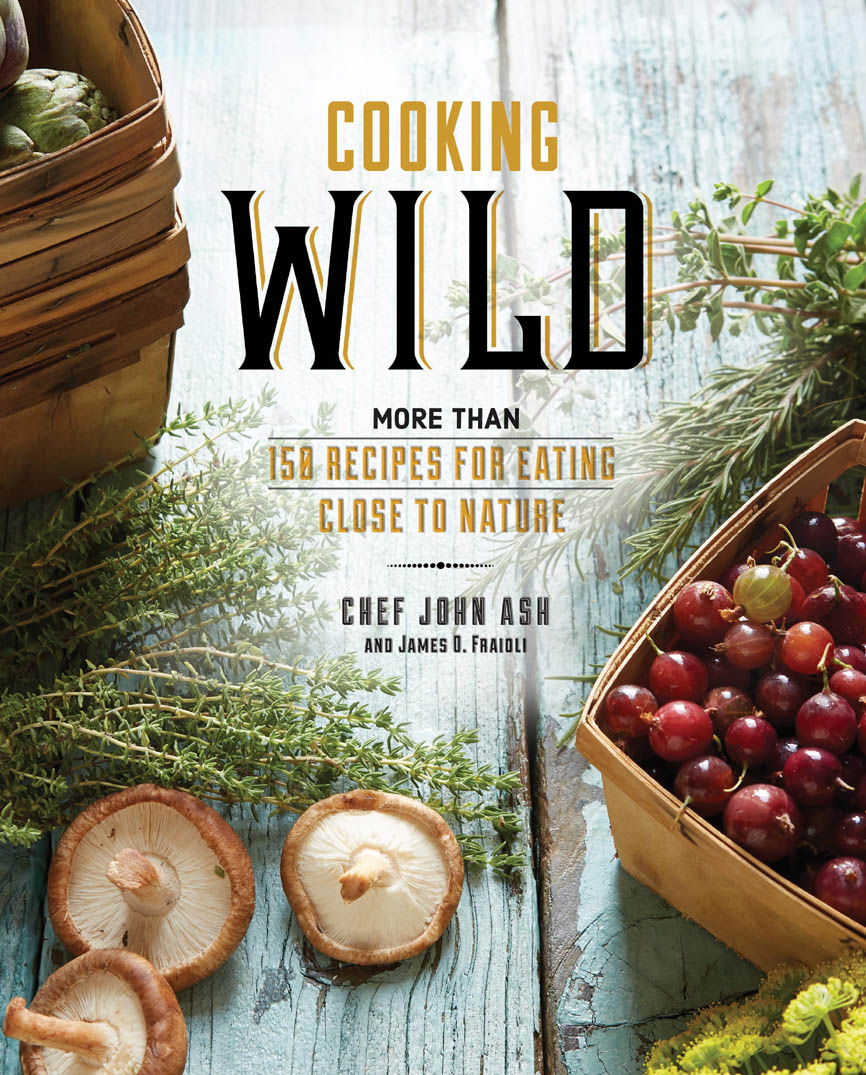
Copyright 2016 by John Ash and James O. Fraioli Photographs copyright 2016 by Tucker + Hossler, except where noted
Published by Running Press,
A Member of the Perseus Books Group
All rights reserved under the Pan-American and International Copyright Conventions
Printed in China
This book may not be reproduced in whole or in part, in any form or by any means, electronic or mechanical, including photocopying, recording, or by any information storage and retrieval system now known or hereafter invented, without written permission from the publisher.
Books published by Running Press are available at special discounts for bulk purchases in the United States by corporations, institutions, and other organizations. For more information, please contact the Special Markets Department at the Perseus Books Group, 2300 Chestnut Street, Suite 200, Philadelphia, PA 19103, or call (800) 810-4145, ext. 5000, or e-mail .
Library of Congress Control Number: 2015954457
E-book ISBN 9780-762458288
9 8 7 6 5 4 3 2 1
Digit on the right indicates the number of this printing
Designed by Frances J. Soo Ping Chow
Edited by Kristen Green Wiewora
Food Stylist: Valerie Aikman-Smith
Photography Credit: p. 31 Thinkstockphotos
Typography: Brandon, Chronicle TX, Duke, Harman, and Whiskey Font
Running Press Book Publishers
2300 Chestnut Street
Philadelphia, PA 19103-4371
Visit us on the web!
www.offthemenublog.com
A DISCLAIMER
To the best of our knowledge, the information contained in this book is accurate. But we must caution you not to eat any wild plants of any kind until you have determined that they are safe to eat.
No liability exists against the authors of Cooking Wild or anyone who has been part of its publication, nor can they be held responsible for any allergy, illness, or injurious effect that any person or animal may suffer as a result of information in this book. This book is intended to provide general information only. Always seek the advice of a health professional before touching or eating any wild plant matter.
Table of Contents
Guide
CONTENTS


The authors would like to personally thank the following individuals for their generous support and assistance with this book:


Kristen Green Wiewora and the editorial team at Running Press; Andrea Hurst & Associates, Literary Management; mushroom forager Dean Robbins; food writer Jeff Cox; Broken Arrow Ranch owner Chris Hughes; commercial fisherman Jason Chin; Lumire restaurant owner Michael Leviton; and Tucker + Hossler for their extraordinary food photography.



Wild is about Nature going about its own business without much human intervention.
POET AND ENVIRONMENTALIST GARY SNYDER
M y grandmother taught me how to forage wild plants such as lambs-quarter (also known as goosefoot or pigweed), wild asparagus, purslane, and huckleberries, and to catch trout with my hands. Books by two notable wild foragers gave me more education: Billy Joe Tatums Wild Foods Field Guide and Cookbook and Euell Gibbonss three books Stalking the Wild Asparagus, Stalking the Blue-Eyed Scallop, and Stalking the Healthful Herbs. Another book that has been a useful resource for me over the years is the L. L. Bean Game & Fish Cookbook by Angus Cameron and Judith Jones. The Foragers Harvest and Natures Garden, both by Samuel Thayer, should also be part of your library since they do such a good job of describing wild edible plants.
There are many reasons to seek out wild foods. An important one is the difference between foods found in the wild and their cultivated versions.
PLANTS
H umans may have started farming plants twelve thousand or more years ago. Gradually we discovered that we could make plants more attractive and edible through variety selection and cross-pollination. Unfortunately, in our zeal to produce the best fruits and vegetables, weve concentrated on just a few varieties and have lost many others and the gene pools that they represent. Agricultural practices such as monocropping, which places a premium on volume and ease of production, have also affected the kinds of fruits and vegetables we produce. And of course many kinds of produce have been engineered for ease of shipping and appearance rather than taste.
Its important today to identify and preserve wild foods, for they represent a biodiversity that can help us maintain our food supply and feed our rapidly growing population. Michael Pollans cautionary story about potatoes in The Botany of Desire is a good example. In Ireland in the 1840s, a blight attacked the potato crop, causing the starvation of over one million people. Potatoes were the main food crop at that time, and the blight that attacked them was the result of planting a single potato variety, the Irish lumper. It was suited for Irelands poor, soggy soil, but it was not disease resistant. In contrast, potato varieties in the Andes, where potatoes were first domesticated, numbered in the thousands. Because many varieties were grown at the same time, crops were able to survive a wide range of environmental stresses and avoid catastrophic failure. In fact, it was because of disease-resistant varieties found in the diverse Andean gene pool that Ireland was able to rebound from this disaster.
MEAT AND POULTRY
I n the early days of this country, most of the protein on our dining room tables came from wild sources. We were a nation of hunters, subsisting on deer, wild turkeys and ducks, rabbits, and other creatures. In the mid-1800s, buffalo covered the plains of the Midwest and were the primary meat for both the native and the expanding settler populations. This all changed by the early 1900s when domesticated animals became the norm. As with produce, specific traits were selected and husbandry practices were followed that allowed animals to grow faster and larger and be ready for market sooner, all in the interest of making the biggest possible profit. But this change in animal husbandry depended on unnatural dietssuch as grain instead of grass for beefand often the physically harmful confinement of animals, not to mention the intensive use of antibiotics. The emphasis today on natural diets and allowing animals to range more freely results in healthier animals and arguably better-tasting meat and poultry.
SEAFOOD
S eafood is the last of the truly wild organisms on earth. As the Seafood Watch initiative of the Monterey Bay Aquarium shows us, many fish populations are under severe stress from overfishing, and the oceans themselves are in peril. Already, 50 percent of our seafood is farmed. In a generation or two, truly wild seafood may be a luxury food for the most part.


